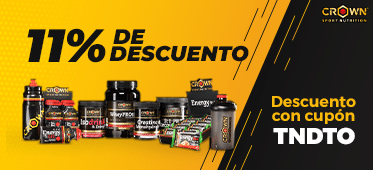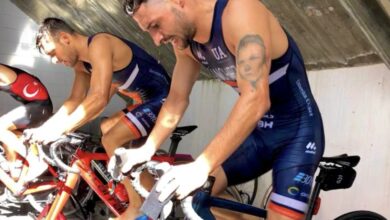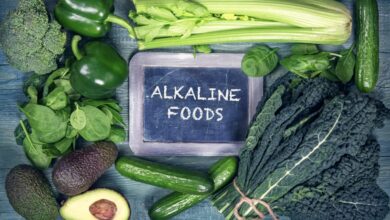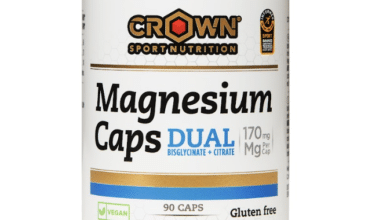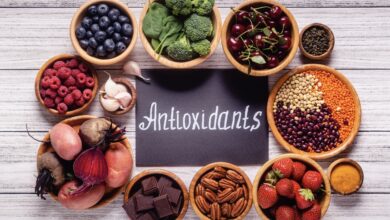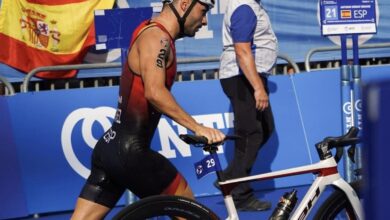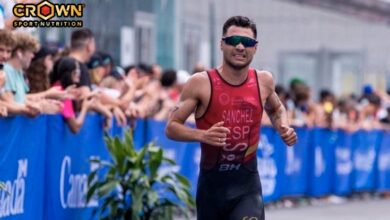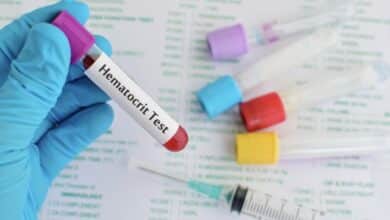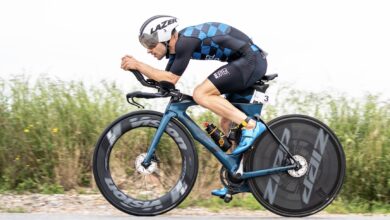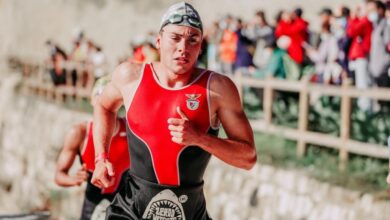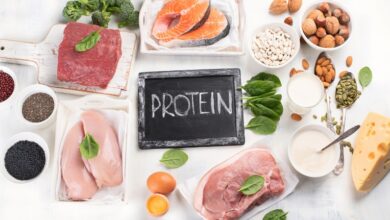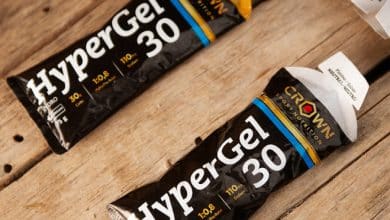The effects of EPO on athletes: what you need to know
The recent case of the American triathlete Collin Chartier has shocked the triathlon world.
After an impressive 2022, with victories at the PTO US Open or at the IRONMAN in Mont-Tremblant, Chartier has been sanctioned with a three-year suspension by the ITA (International Testing Agency) due to a positive result for EPO in an out-of-competition test carried out on February 10, 2023.
EPO is a banned substance that can increase stamina and performance by stimulating the production of red blood cells.
Chartier agreed to the violation and the ITA's proposed consequences, allowing him a one-year reduction in his period of ineligibility.
Occupying the 14th position in the PTO ranking and having trained much of the year in Spain, Chartier has apologized publicly through social networks and has confirmed his decision to not return to professional triathlon.
All your results since February 10, 2023 have been annulled, and sYour suspension will continue until March 26, 2026.
This case highlights the importance of maintaining integrity and cleanliness in sport, both to protect the health of athletes and to ensure fairness in competition.
What is the EPO?
Erythropoietin, or EPO, is a hormone produced naturally by the kidneys which stimulates the production of red blood cells.
His relationship with endurance sports arises because some athletes have used EPO synthetic as a doping substance for improve your performance in competition.
In this article, we will analyze the effects of EPO in athletes, how it influences performance, and the risks associated with its use in sport.
The effects of EPO on sports performance
EPO can improve performance in athletes by increase the oxygen-carrying capacity of the blood, resulting in increased strength and resistance to fatigue.
This is especially relevant in endurance sports such as trialton, where athletes must face three different sports disciplines (swimming, cycling and running) in the same competition.
Al improve aerobic capacity, triathletes can maintain peak performance longer and recover faster between transitions.
Risks associated with the use of EPO in athletes
Despite the potential performance benefits, the use of synthetic EPO in athletes carries significant health risks.
Among the problems associated with the use of EPO are:
Increased risk of cardiovascular events
EPO can increase blood viscosity and therefore the risk of blood clots, which can lead to strokes, heart attacks, or other cardiovascular events.
Thrombosis
EPO can raise red blood cell production to dangerously high levels, increasing the risk of deep vein thrombosis and pulmonary embolism.
additional side effects
Other side effects of EPO use include high blood pressure, headaches, fever, and fluid retention.
And in Amateur athletes?
The consumption of EPO in amateur or amateur athletes is also a cause for concern.
Although these athletes do not compete at the same level as professionals, the health risks and ethical implications associated with the use of EPO remain just as relevant.
In fact, amateur athletes may be even more at risk, as they often have less access to specialist medical advice and supervision than professionals.
It is essential that amateur athletes are informed about prohibited substances, such as EPO, and understand the negative consequences for their health and long-term sports performance.
Instead of resorting to doping substances, amateur athletes should focus on improving their performance through legal and safe methods, such as proper training, balanced nutrition and sufficient rest.
Natural and legal options to improve performance
There are several natural and legal strategies that can be used by triathletes to improve their performance without resorting to the use of banned substances such as EPO.
These options include:
efficient training
The implementation of a well-designed training program, which includes sessions of resistance, speed, technique and recovery, is essential to optimize sports performance.
High Intensity Interval Training (HIIT)
This type of training contributes to the improvement of aerobic and anaerobic performance, allowing the athlete to maintain a high effort for longer periods.
altitude training
Practicing sports at higher altitudes helps increase the natural production of red blood cells, which can improve the athlete's aerobic capacity and endurance.
Food
Following a nutritious and balanced diet, which provides energy and essential components for recovery and muscle development, is decisive in improving sports performance.
Rest and regeneration
Giving the body time to recover between training sessions and competitions is crucial, as this prevents injuries and ensures a high level of performance.
Allowed sports supplementation: The use of authorized sports supplements, such as branched-chain amino acids (BCAAs), beta-alanine or creatine, can help increase endurance and performance in competition.
Regulations and anti-doping controls in triathlon
The use of synthetic EPO is banned by the World Anti-Doping Agency (WADA) and the International Triathlon Federation (ITU).
Athletes caught using this substance can face severe penalties, including disqualification from competitions and a lifetime ban in extreme cases.
Anti-doping controls in triathlon are rigorous and They take place both in and out of competition.
It is fundamental that triathletes respect the rules and compete in a fair and ethical manner, thus protecting the integrity of the sport and the health of the athletes.
The Collin Chartier case is a crucial reminder to all triathlon athletes and fans of the importance of competing with integrity and adhering to anti-doping rules.
There are no previous results.


